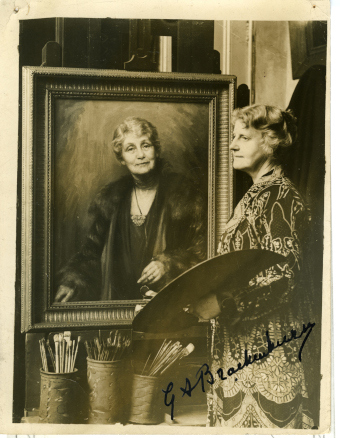Our History
Housing for Women’s roots go back to the suffragette movement
Founded in 1934, Housing for Women began as an employment bureau, providing informed help and advice to unemployed women looking for work in the 1930s Depression. The organisation expanded in our early years into providing accommodation, opening our first communal hostel for women in 1937. We later became a registered charity and a registered housing association, acquiring and building accommodation for women with families as well as single working women in London.
One of our earliest properties was gifted to us by the family of the artist and suffragette, Georgina Brackenbury. Previously, the building was used as a safe house for suffragettes fighting for the right to vote and is now home to some of our residents.
The property earned the nickname, ‘Mouse Castle’, from being used to shelter hunger-striking suffragettes following their release from prison under the government’s notorious ‘Cat and Mouse’ Act. Georgina Brackenbury painted a famous painting of Emmeline Pankhurst, a leader of the British suffragette movement, which still hangs in the National Gallery.
Today, empowering women and challenging inequality is still at the core of everything we do. Housing for Women carries on in the footsteps of these early women’s rights campaigners, working with some of the most marginalised groups in the UK, including survivors of abuse, trafficked women and women leaving prison.
Helping women to gain independence has always been important to us, and we remain committed to helping women into work through offering training grants and supporting education and training.

For a walk through our history, you can view the slideshow below
A more detailed history of Housing for Women's early years can be found in the book A Place of Her Own, published in 1983, which can be read online.








